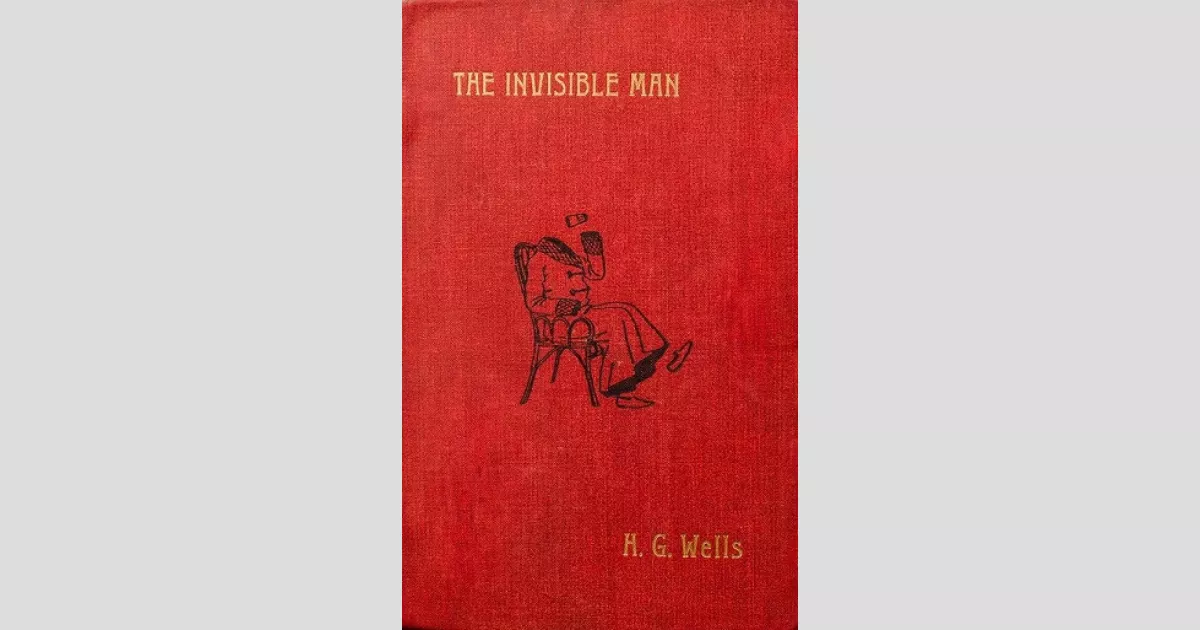"The Invisible Man" by H.G. Wells, first published in 1897, tells the story of Griffin, a scientist who successfully makes himself invisible. However, his experiment takes a dark turn as he becomes incapable of reversing the process. Driven to madness and violence, Griffin embodies the potential horrors of unchecked scientific ambition and the dangers of isolation. This groundbreaking novel has cemented the Invisible Man as a classic figure in horror literature, exploring themes of morality, scientific responsibility, and the human condition.
1933: James Whale's Cinematic Adaptation
In 1933, James Whale directed a film adaptation of "The Invisible Man," bringing the novel's chilling narrative to the big screen.
1962: Yakov Perelman's Critique of Invisibility Physics
In 1962, Yakov I. Perelman, in his book "Physics Can Be Fun," highlighted a scientific flaw in H.G. Wells's "The Invisible Man." He argued that if a person were to become invisible by Griffin's method, they would also be blind. Perelman explained that human vision relies on light absorption by the eye, not complete transparency. While Wells touched upon this in Chapter 20 with a cat's visible retinas despite invisibility, Perelman argued it was insufficient. He stated the retina would be overwhelmed with light from all directions, usually blocked by the sclera. Additionally, the absence of a cornea and lens would lead to blurry vision.
1976: Marvel Comics Adaptation
Marvel Comics released their comic book adaptation of "The Invisible Man" in 1976, introducing the story to a new generation of readers.
1984: BBC Miniseries Adaptation
The BBC produced a miniseries based on "The Invisible Man" in 1984, further solidifying the story's place in popular culture.
2009: Arthur Yorinks's Theatrical Adaptation
Playwright Arthur Yorinks adapted "The Invisible Man" for the stage in 2009. The multimedia play premiered at WNYC's The Greene Space, set against the backdrop of a New York City homeless shelter.
2017: Audio Adaptation Starring John Hurt
A new audio adaptation of "The Invisible Man," featuring John Hurt as the voice of the invisible man, was released in 2017.
Mentioned in this timeline
Marvel Comics founded in as Timely Comics by Martin Goodman...

Books are a means of storing information as text or...

The domestic cat is a small domesticated carnivorous mammal and...
Trending

11 days ago Dick Vitale and Charles Barkley Team Up for College Basketball Broadcasts This Season

1 month ago Kim Kardashian's 'All's Fair' TV show faces criticism despite Niecy Nash's defense.
10 days ago Marcus Freeman: Notre Dame coach considered for Giants head coaching vacancy in NFL.
Jeremiyah Love is an American college football running back He currently plays for the Notre Dame Fighting Irish He is...

7 months ago Trump's Tariffs Threaten Cannes 2025, SAG-AFTRA Responds, Impacting Spike Lee's Industry.

7 months ago Mitchell Robinson's Playoff Impact: Knicks' Gamble Pays Off as Hart Shines in Game 3
Popular

Candace Owens is an American conservative political commentator and author...

Ilhan Omar is an American politician currently serving as the...

XXXTentacion born Jahseh Dwayne Ricardo Onfroy was a controversial yet...

Tom Cotton is an American politician and Army veteran currently...
The Kennedy Center Honors are annual awards recognizing individuals and...
Matt and Ross Duffer known as the Duffer Brothers are...
